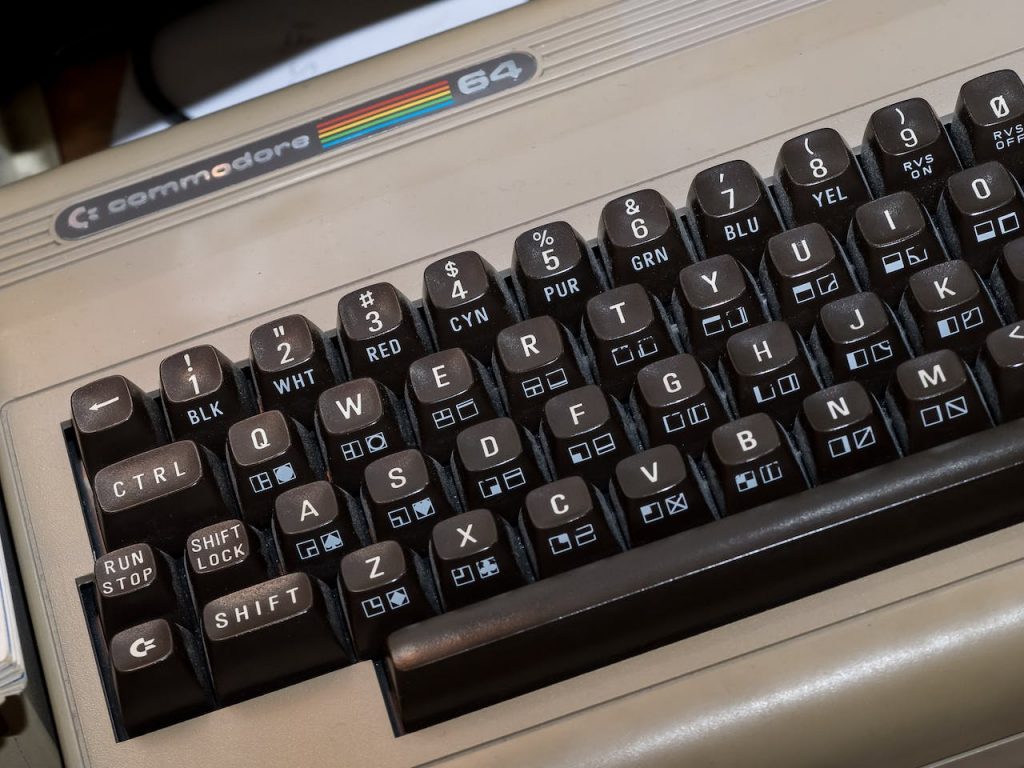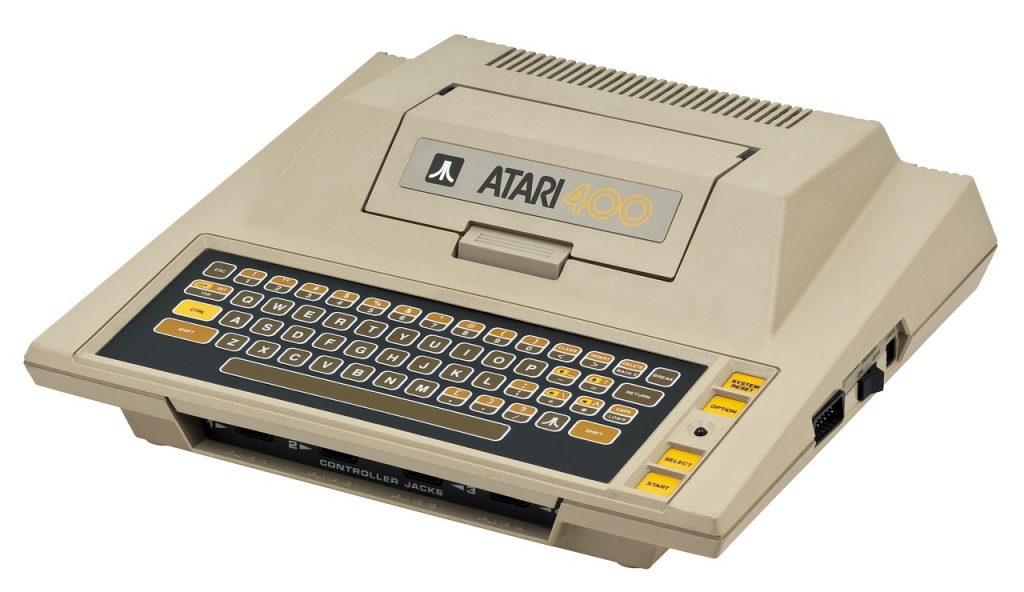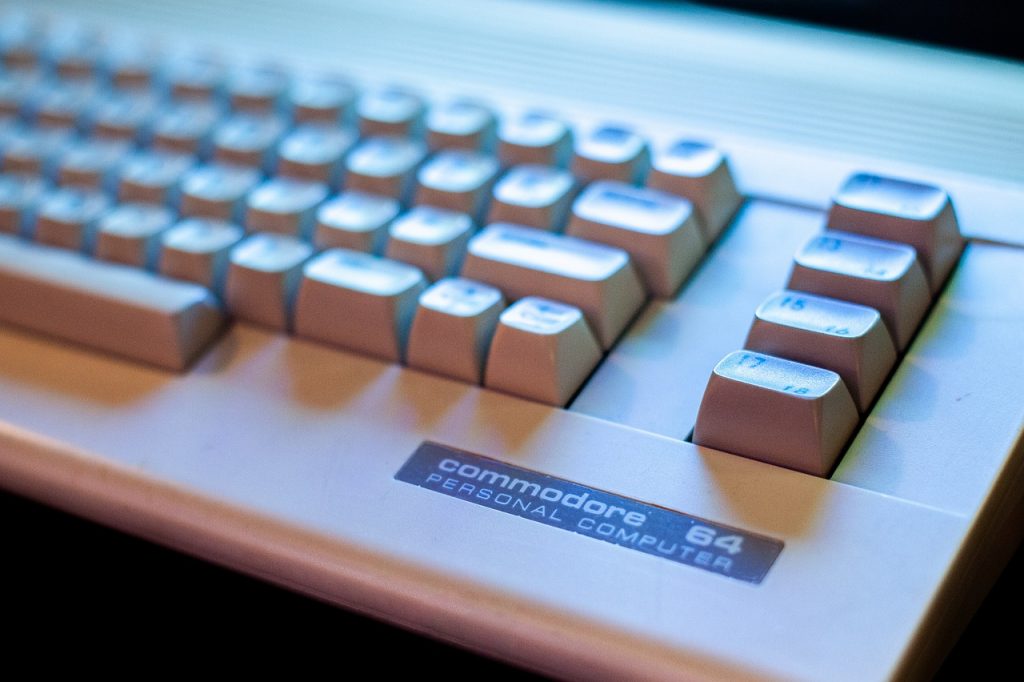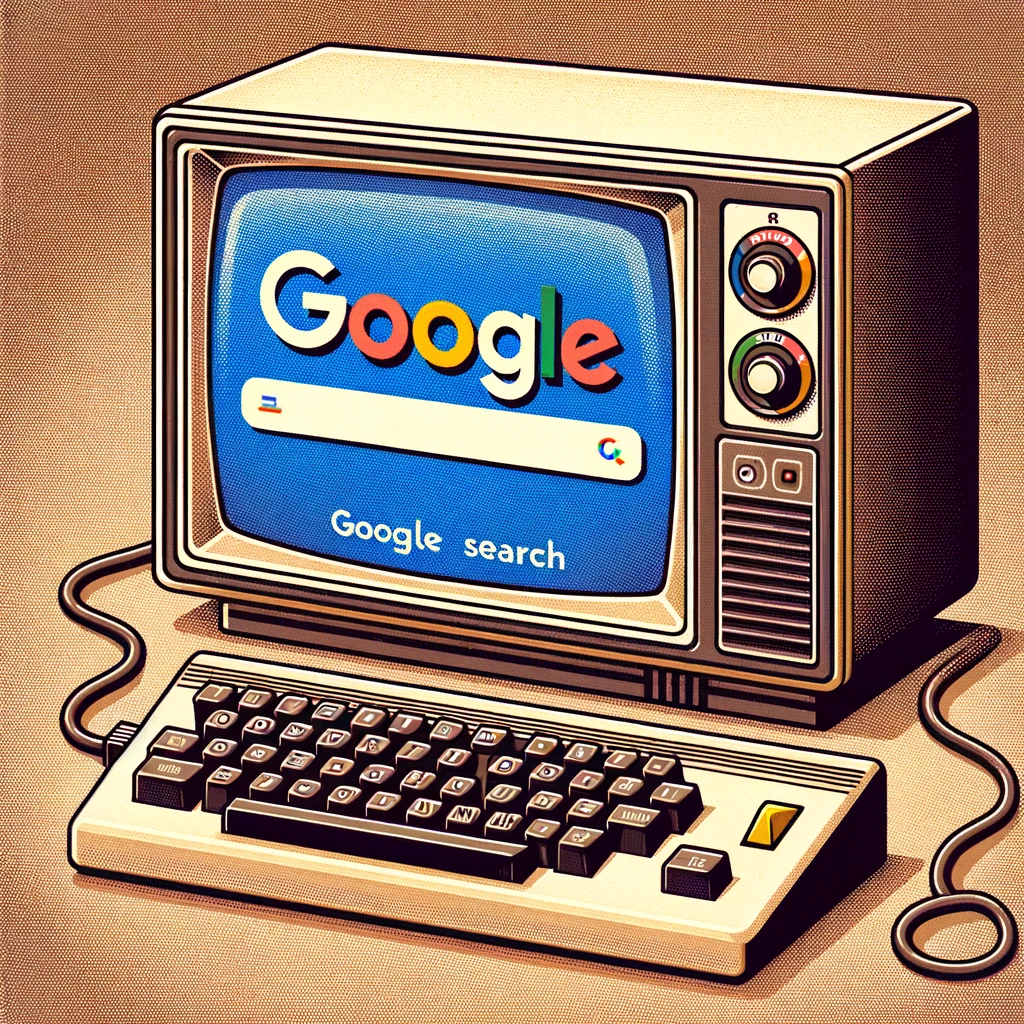Reading time: 7 minutes.
Introduction
In the early 1980s, a technological revolution was taking place in living rooms and bedrooms across the world. This revolution was fueled by the emergence of home computers, and at the forefront of this digital frontier were two iconic machines: the Commodore 64 and the Atari 8-bit family. Both systems boasted impressive capabilities and garnered a dedicated following, but as history unfolded, the Commodore 64 emerged as the more commercially successful. However, a deeper dive into the features, capabilities, and overall impact of these computers reveals a compelling argument as to why the Atari 8-bit series, in many respects, should have been the victor in this classic computing duel.

Hardware Superiority
The Atari 8-bit series, released in 1979, was ahead of its time. It featured custom-designed chips, including ANTIC for advanced graphics and POKEY for sound, which were innovative for that era. This hardware allowed the Atari to display a broader color palette and more on-screen objects without flicker. In contrast, the Commodore 64, released in 1982, used a standard MOS 6510 processor and VIC-II for graphics, which, while impressive, did not match the versatility and power of Atari’s custom chips.
The sound capabilities of the Atari 8-bits were also noteworthy. The POKEY chip not only generated sound but also handled keyboard scanning, serial I/O, and high-resolution timers. This multitasking ability freed up processor time for more complex computations. The C64’s SID chip, although famous for its distinctive sound, was primarily a sound synthesizer, and other functions were handled by additional chips, increasing production costs and complexity.
In terms of expandability, the Atari 8-bit computers had an edge. They featured an external Peripheral Interface Adapter (PIA), which allowed for a wide range of add-ons, including printers, disk drives, and modems. The C64 had similar capabilities, but the Atari’s design made it easier for third-party manufacturers to create compatible peripherals.
Software and Game Library
The Atari 8-bit series boasted a diverse range of software, including productivity applications and a rich library of games. Atari’s early investment in software development resulted in titles that showcased the machine’s graphical and sound capabilities. Games like “Star Raiders” and “Missile Command” were not only commercially successful but also critically acclaimed for their innovation.
The Commodore 64, meanwhile, benefited from a larger user base, which attracted a wide array of software and game developers. However, many of these titles did not fully utilize the C64’s hardware, as they were often ports from less capable systems. The Atari, on the other hand, had games that were specifically designed to leverage its superior graphics and sound, providing a more immersive gaming experience.
Moreover, Atari’s legacy in the arcade industry gave it access to a plethora of popular arcade titles that were faithfully recreated on the Atari 8-bit computers. This advantage was significant in an era where arcade games were the gold standard in gaming entertainment.
Community and Cultural Impact
Atari, as a brand, had a profound impact on the early days of personal computing and gaming. Its name was synonymous with video games, thanks to its dominance in the arcade and with the Atari 2600 console. This brand recognition extended to its 8-bit computer line, which benefited from the halo effect of Atari’s arcade successes.
The Commodore 64, while popular, did not have the same cultural cachet as Atari. The C64 community was vibrant and produced a significant amount of homebrew software, fanzines, and user groups. However, Atari’s community was deeply rooted in the early ethos of computing and gaming, contributing to a rich and innovative culture that pushed the boundaries of what was possible with home computing.
Marketing and Distribution
A critical factor in the success of the Commodore 64 over the Atari 8-bit series was marketing and distribution. Commodore aggressively marketed the C64, often undercutting competitors on price. Its vertical integration, owning both the manufacturing and retail outlets, allowed it to control costs and distribution effectively.
Atari, despite having a superior product in many respects, struggled with marketing its 8-bit computers. The transition from a gaming company to a personal computer manufacturer was not smooth, and Atari failed to communicate the strengths of its computers to a broader audience effectively. Additionally, internal struggles and changes in ownership affected Atari’s ability to compete in the market.
Legacy and Influence
The legacy of the Atari 8-bit series is significant in the history of computing. Its advanced hardware inspired future computer designs, and its software library included titles that pushed the boundaries of what was thought possible in home computing. The influence of Atari’s design cannot offer the same level of sophistication as Atari’s custom chips.

The sound capabilities of the Atari 8-bits, powered by the POKEY chip, were also superior. It could produce four-channel sound and offered a wider range of audio effects. The Commodore 64’s SID chip, though iconic for its distinctive sound, could not match the technical capabilities of POKEY. In terms of raw processing power and graphical capabilities, the Atari 8-bit computers were simply ahead of their time, and arguably, they should have leveraged this technological edge to outshine the Commodore 64.
Software and Gaming
The Atari 8-bit computers excelled in the realm of gaming and software. Atari was already a well-established name in the gaming industry, thanks to its success with arcade titles. This expertise translated into a strong lineup of games for the Atari 8-bit series, with titles like “Star Raiders” and “Missile Command” offering a more sophisticated gaming experience than many of their contemporaries.
In contrast, while the Commodore 64 had a larger library of games, it lacked the direct arcade port advantage that Atari had. The quality of games on the Commodore 64 was varied, with some titles not fully utilizing the system’s capabilities. Atari’s strong relationships with software developers and its existing catalog of popular arcade titles should have given it a significant advantage in attracting consumers looking for a superior gaming experience.
Marketing and Business Strategy
One of the key areas where Atari lagged behind Commodore was in marketing and business strategy. Commodore aggressively priced the C64, making it more accessible to a wider audience. They also engaged in heavy marketing campaigns, emphasizing the computer’s versatility and affordability. Commodore’s aggressive pricing strategy, often selling the C64 at or below cost, made it difficult for competitors like Atari to keep up.
Atari, on the other hand, struggled with internal issues and less effective marketing strategies. Despite having a technologically superior product, Atari failed to communicate this effectively to the consumer market. Furthermore, Atari’s higher price point, a result of its superior hardware, made it less accessible to the mass market. The failure to adopt a more aggressive marketing and pricing strategy significantly hindered Atari’s ability to compete with the Commodore 64.
Community and Cultural Impact
The Commodore 64 built a robust community of users, partly due to its affordability and widespread availability. This community fostered an environment of creativity and innovation, with users sharing software, creating homemade games, and developing new applications. The C64 became a cultural icon, remembered fondly by those who grew up with it.
While the Atari 8-bit series also had a dedicated following, it did not achieve the same level of cultural impact as the Commodore 64. This can be attributed partly to its lesser market penetration and the focus on gaming rather than general computing. However, the Atari 8-bit’s superior hardware and gaming capabilities should have fostered a larger and more vibrant community, contributing more significantly to the home computing culture of the 1980s.
Legacy and Influence
The legacy of the Atari 8-bit series in the evolution of personal computing is often overshadowed by the commercial success of the Commodore 64. However, the technological innovations introduced by Atari, particularly in graphics and sound, paved the way for future advancements in personal computing and gaming. These innovations influenced the design and development of subsequent gaming consoles and computers.
In contrast, while the Commodore 64 was highly successful, its impact was more cultural than technological. It brought computing into homes and made technology accessible, but it did not push the boundaries of computing technology as significantly as the Atari 8-bit series did. The Atari 8-bit’s potential to influence the future of computing was substantial, but this potential was not fully realized due to the factors discussed earlier.

Conclusion
In conclusion, when examining the Commodore 64 and Atari 8-bit series from a technological, gaming, and potential impact perspective, a strong case emerges that Atari could and perhaps should have won the battle of the 1980s home computers. The Atari 8-bit series boasted superior hardware, a strong gaming pedigree, and technological innovations that were ahead of its time. However, due to less effective marketing strategies, higher pricing, and internal corporate struggles, Atari failed to capitalize on its advantages. While the Commodore 64 rightly earns its place in history for its cultural impact and role in popularizing personal computing, the Atari 8-bit series represents a missed opportunity to shape the future of computing in even more significant ways.


